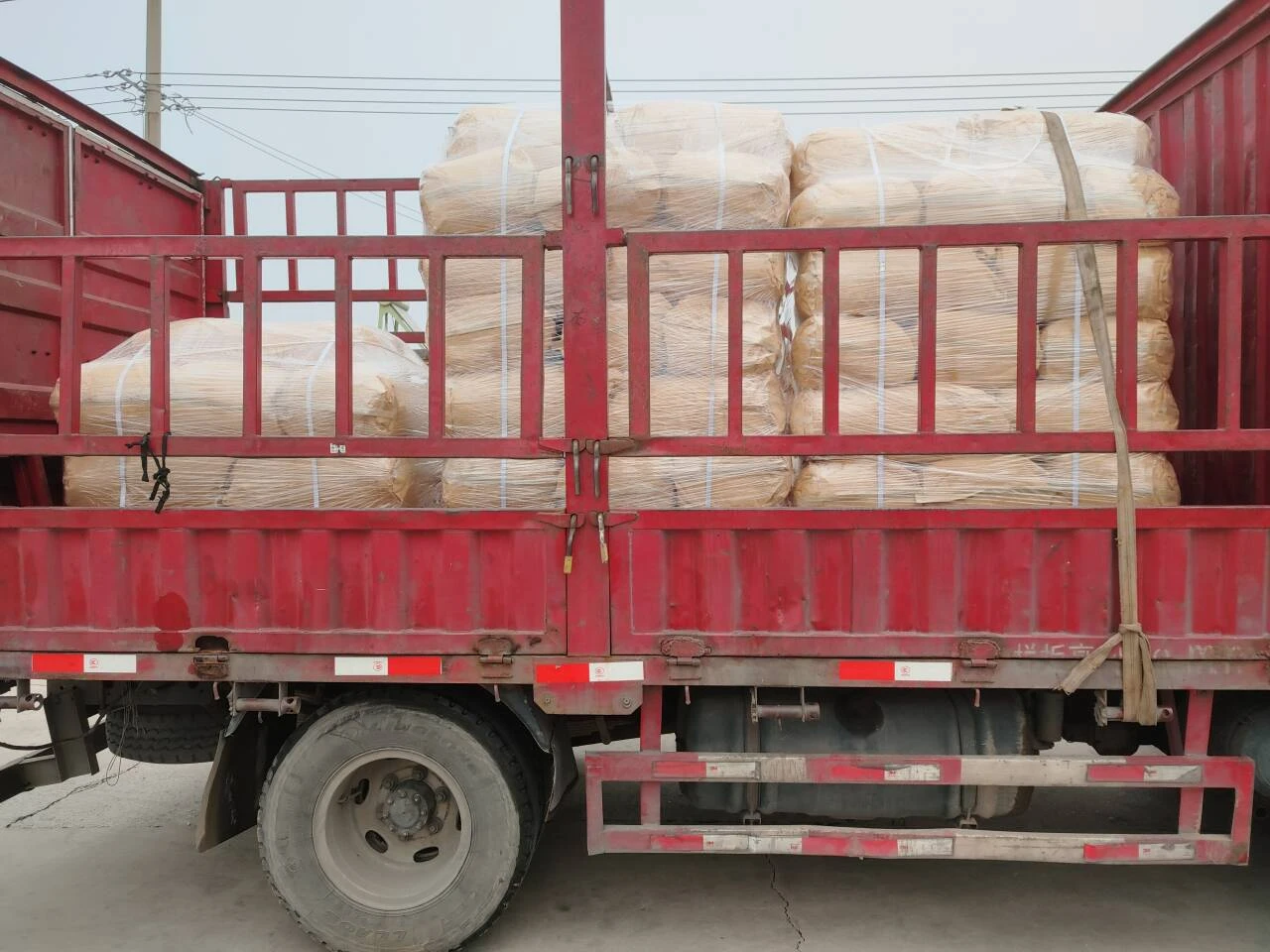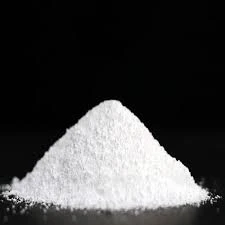

For industries pursuing sustainable and cost-effective solutions, constructed wetlands offer a promising approach. By mimicking natural wetlands, these engineered systems utilize vegetation and soil to remove inorganic pollutants through biogeochemical processes. Although slower and less predictable than conventional methods, constructed wetlands are gaining popularity due to their low maintenance requirements and their ability to support biodiversity. In assessing any treatment option, comprehensive water quality testing remains paramount. Precise assessment of contaminant types and concentrations guides the choice of technology and safeguards against regulatory non-compliance. Many jurisdictions have strict discharge limits for heavy metals and other inorganic contaminants, underscoring the importance of regular monitoring and adaptive management. Addressing inorganic wastewater is not solely a technical challenge but also a regulatory and community one. Increasingly stringent environmental regulations around the world mandate industries to adopt cleaner production processes. In response, companies are considering integrated treatment solutions that encompass primary, secondary, and tertiary treatments, to ensure maximal contaminant removal and environmental protection. On the front of research and innovation, the pursuit for novel adsorbents, catalysts, and nanomaterials continues to unlock new frontiers in wastewater treatment technology. These materials promise enhanced adsorption capacities and catalytic activities at lower costs, paving the way for more accessible and effective treatment options in the future. An overarching theme in inorganic wastewater treatment is the need for a bespoke solution that takes into account the specific needs and operational constraints of the industry in question. Customization ensures that chosen methodologies align with the production processes and corporate sustainability goals. As the industry advances, collaborations between scientists, engineers, policymakers, and industry leaders are crucial to designing and implementing systems that secure both industrial progress and environmental integrity. In conclusion, inorganic wastewater management is an arena of constant evolution, driven by technological advancements, regulatory demands, and societal pressure for sustainable development. Industries that strategically invest in state-of-the-art treatment systems not only mitigate environmental impact but also position themselves as leaders in sustainable industrial practices. Trustworthiness in this sector arises from transparency, compliance, and innovative spirit towards achieving cleaner production and ecological conservation.

